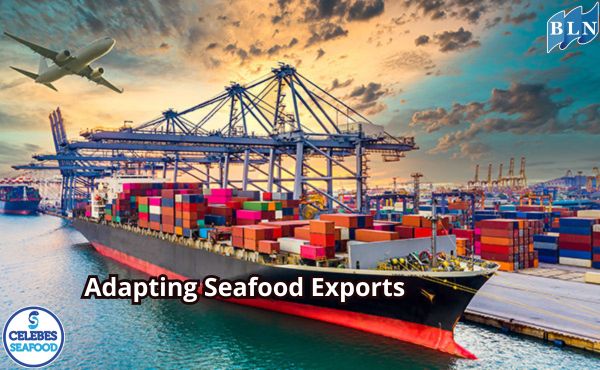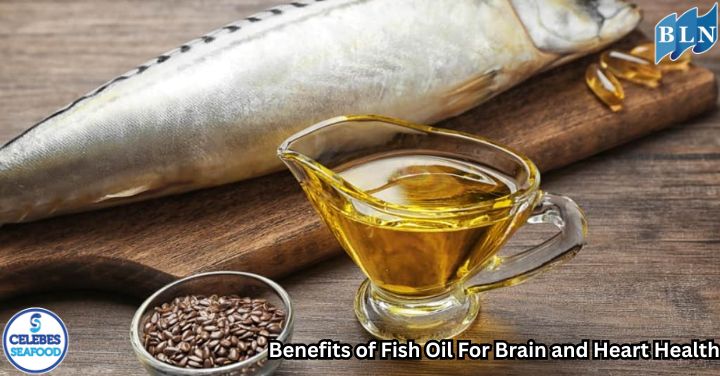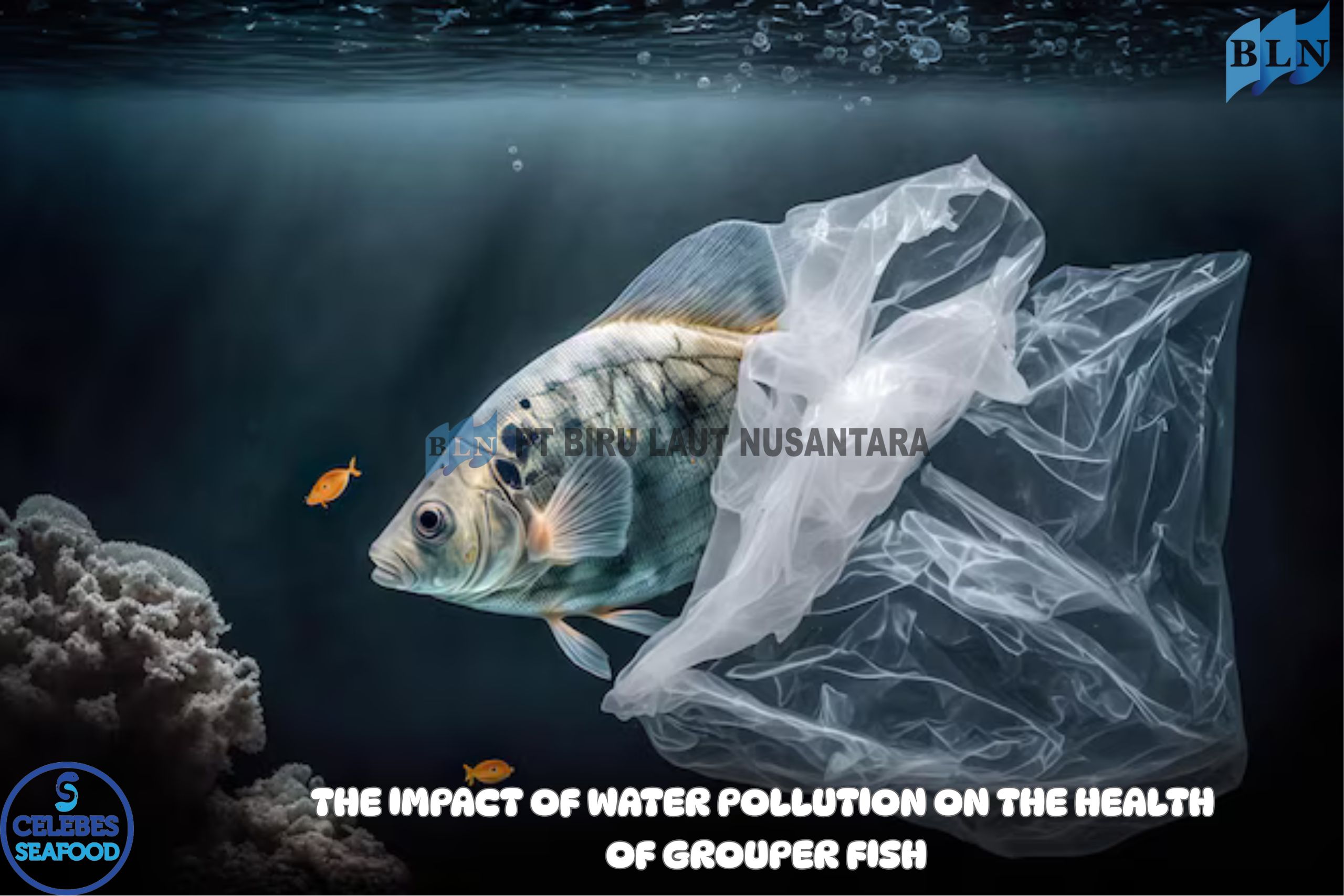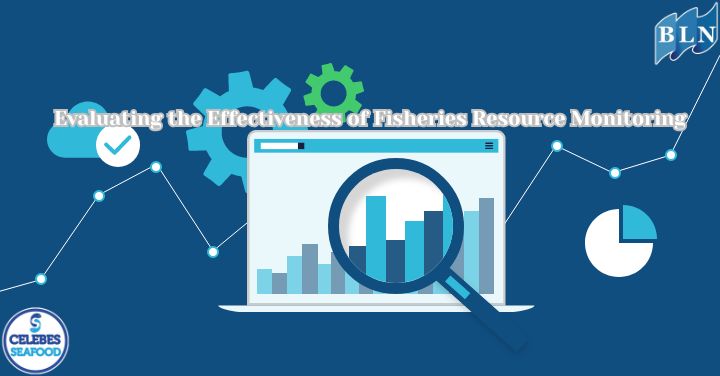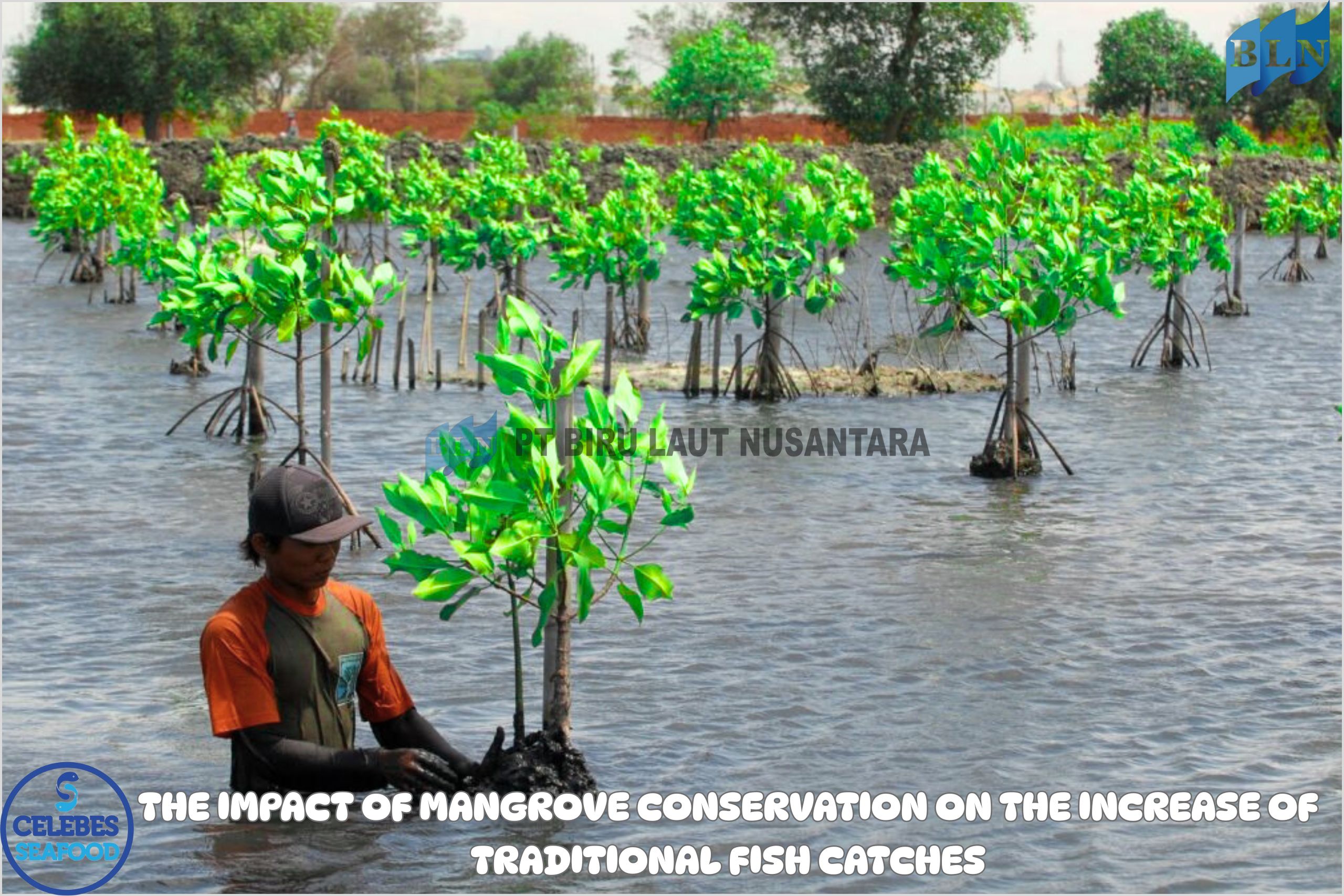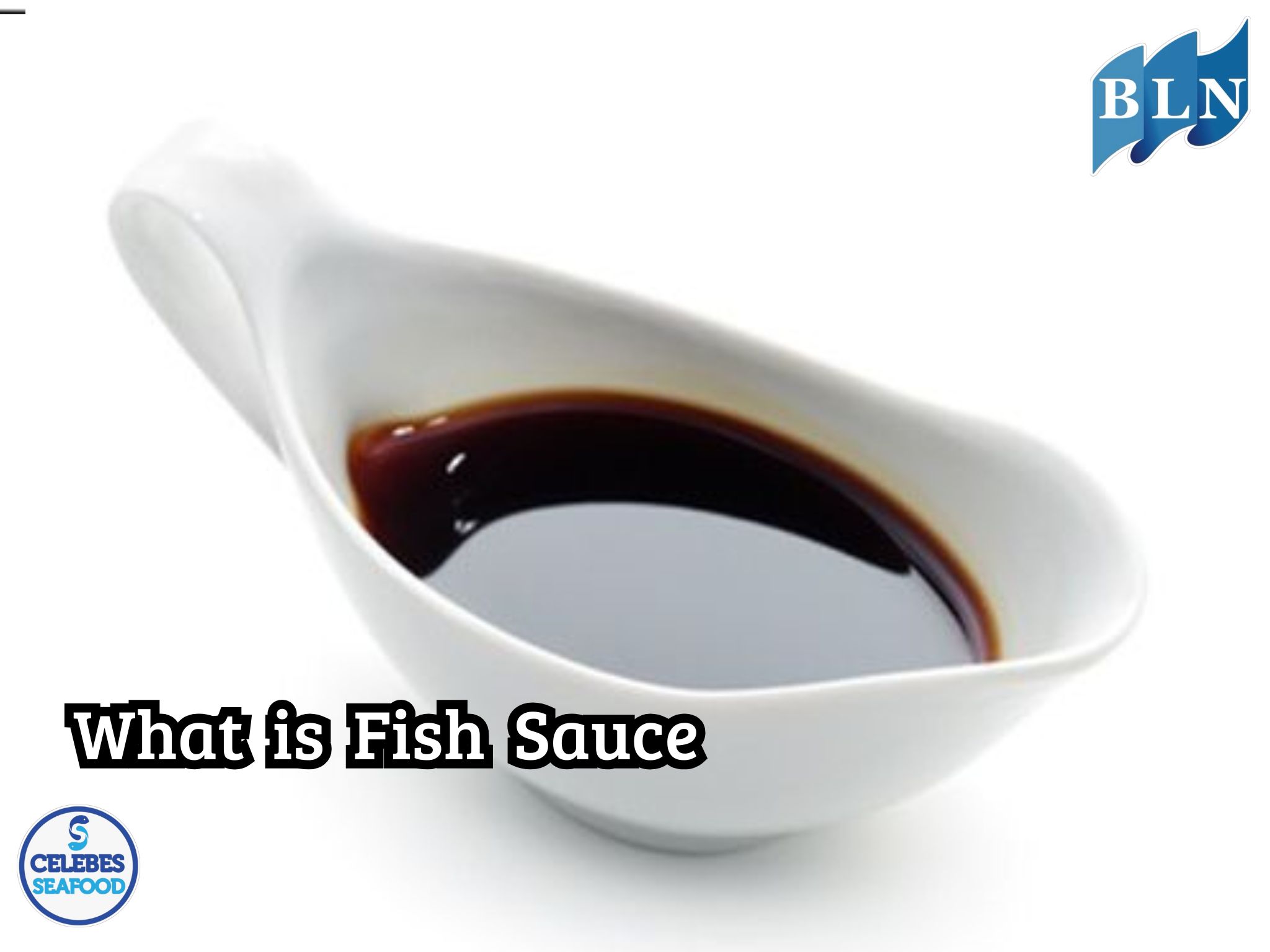Here are The Ways to Handle Fish on Board
By. Tri - 18 Jan 2025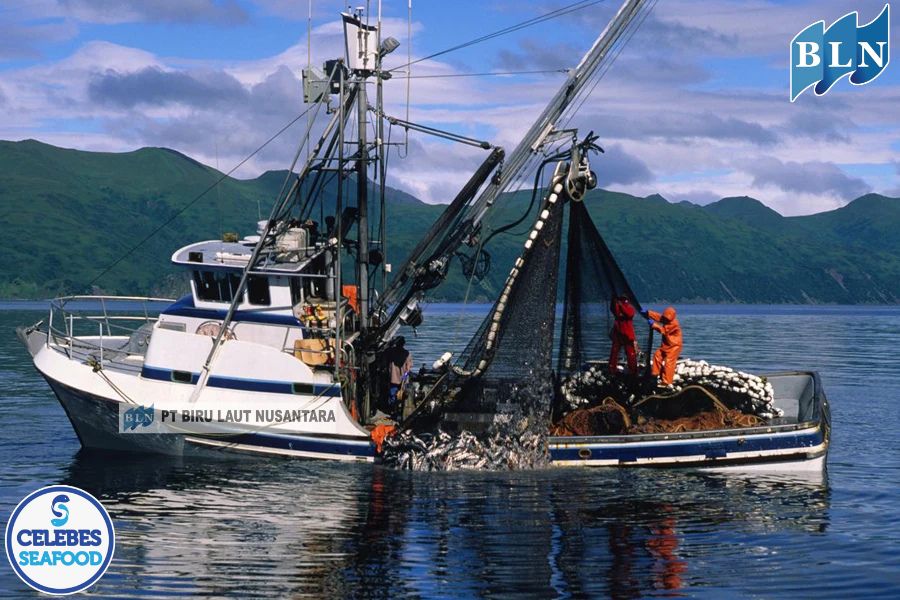
lautnusantara.com Handling fish on board before arriving on land is very important for, safety, maintaining fish quality, avoiding damage, contamination and quality degradation, preventing rotting, reducing the risk of disease, increasing selling prices and reducing losses.
Here are the ways to handle fish on board :
Before Catching
1. Equipment preparation: Make sure all fishing and handling equipment is ready.
2. Checking sea conditions: Check the weather and sea conditions before catching.
During Catching
1. Catching: Catch fish using appropriate equipment.
2. Collection: Collect the caught fish into a container or tub.
3. Separation: Separate the fish based on type and size.
Read Also : The Origins of Halibut: Uncovering the Story Behind the Flatfish Introduction
Initial Handling
1. Cleaning: Clean the fish from dirt and scales.
2. Gutting: Remove the fish's guts to prevent damage.
3. Washing: Wash the fish with sea water or fresh water.
4. Drying: Dry the fish to prevent moisture.
Storage
1. Storage in a tub: Store the fish in a clean tub covered with ice.
2. Use of ice: Use ice to maintain temperature and humidity.
3. Temperature monitoring: Ensure storage temperature is between 0-4°C.
4. Humidity control: Maintain humidity at 60-80%.
Transportation
1. Transportation to land: Transport fish to land using ships or trucks.
2. Use of containers: Use clean containers covered with ice.
3. Temperature monitoring: Ensure the transport temperature is between 0-4°C.
Read Also : Get to Know The Characteristics of Pelagic Fish
Work Safety
1. Use safety equipment: Shoes, gloves, and glasses.
2. Follow the procedure: Follow the fish handling procedure.
3. Check equipment: Ensure equipment is in good condition.
If you are interested in our product Parrotfish Fillet Skin On, Barramundi Skinless Tiger Style, SLIPPER LOBSTER MEAT please do not hesitate to contact us through email and/or whatsapp.
